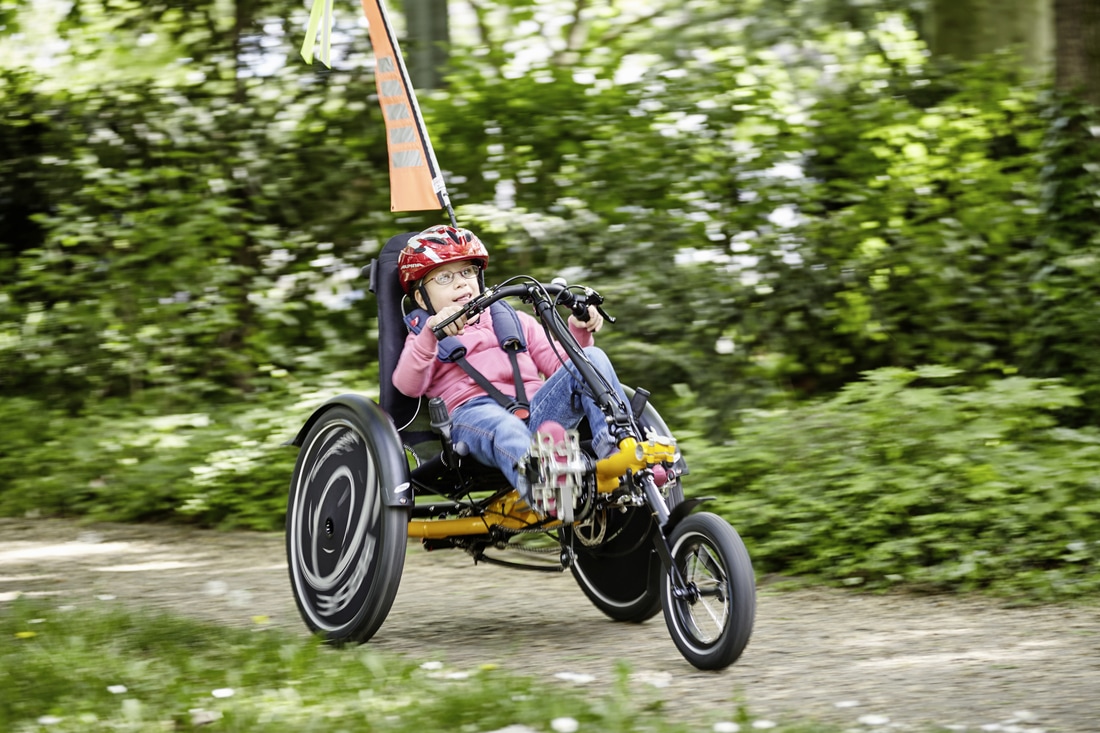With the start of the new Comprehensive Plan here in Charlottesville, I’ve been thinking a lot about the big picture of the city. I’ve been involved with bicycle advocacy here in town for awhile now, and I’ve felt that was definitely something worth fighting for since cycling, walking, and other active forms of transportation benefit both the environment and human health. Also, when you look at bicycling in the US, you have a bimodal distribution of users — people who have to cycle and people who choose to ride. Bike advocates have traditionally been from the latter group due to middle class people having more spare time to be active in local politics.

The more I’ve worked in transportation, the more I see that we need to seek synergies when fighting for equitable, sustainable, solarpunk futures. Poverty and homelessness are often portrayed as the fault of the poor, the result of laziness or bad luck. The truth is that the systems built into our society and built environment put up barriers to certain groups of people that are easy to overlook from a privileged perspective. How can we start to see things as systems, and not a collection of isolated parts?
We have a template to draw from in nature. In a natural ecosystem, there is no waste, just an endless flow of energy and material from one organism to the next. What if we started to look at our cities as ecosystems? How could we build synergistic effects between parts of our built environment?

Take a city park as an example. In traditional design, you’d select a plot of land, stick some trees and grass there, and call it a day. You might go so far as to add some playground equipment if you were putting it in a residential area.
Approaching a park from an ecosystem perspective, however, would allow for a much more vibrant community experience. We have a park here in Charlottesville that isn’t reaching its full potential because while it borders two different neighborhoods, a busy street separates one neighborhood from the park. Parents don’t feel safe crossing with their kids, so they don’t go to the park. If we took the whole ecosystem into account, safe crossing to and from the park would have been an integral part of its design. As discussed extensively in The Nature Fix, exposure to nature is immensely beneficial for mental and physical health. Poor design has a tangible, detrimental effect on equity.
Taking things a step further, the green space of parks also affords an opportunity to work on sustainability. Charlottesville is in the Chesapeake Bay Watershed and has an important role to play in reducing pollution that flows into the Bay. In addition, stormwater management is becoming an increasingly important aspect of urban design as climate change makes storms more variable and rainfall less predictable. As a way of integrating ecological density, we could add native plantings to encourage pollinators as well as rain gardens and permeable pavement for managing stormwater.
By taking some additional steps in the design phase of a project, we enhance the equity, sustainability, and beauty of the city all at once instead of requiring separate projects to achieve a less resilient and integrated design. The same approach could be used when approaching transportation or housing. Taking the system as a whole into account when making planning decisions will allow us to more carefully shepherd our resources and do the most good with our limited community resources.
What opportunities for ecological systems thinking are there in your area? Let us know below!






